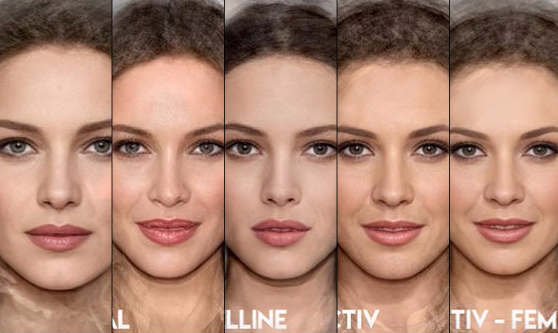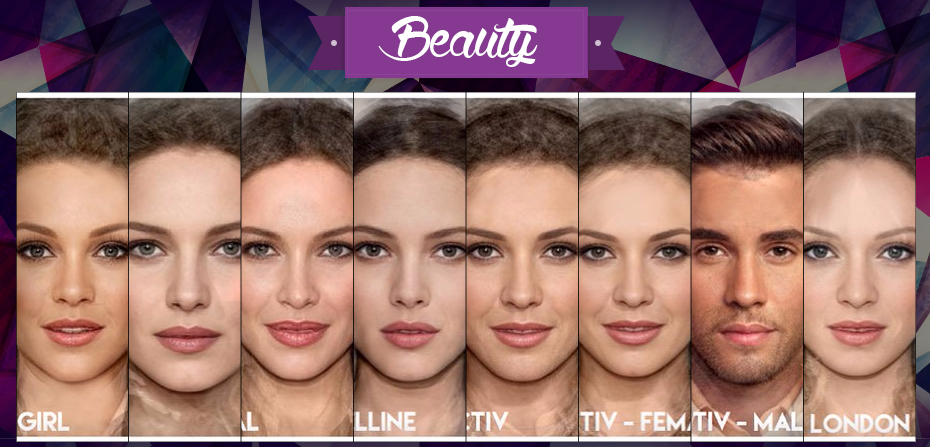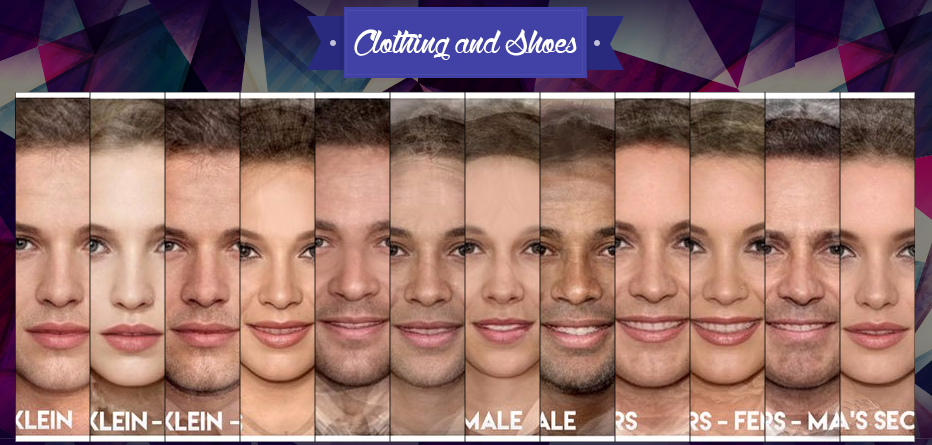Study shows how similar the faces of brand models are

Canva
Seeing double?
It’s nothing new that the advertising industry often struggles with presenting diverse models – but graphic design company Canva is really making this clear in their latest project, The Average Face of A Brand Model.
“We took the most frequently featured faces for numerous widely marketed brands and averaged them together. For some brands, it was impossible to get pictures for every single spokesperson, but we did our best to get as many as possible for the averages,” a blog post on the company’s website explains. “Each average consisted of at least 10 photos (when the average includes both men and women).”
ALSO SEE: Man gets Photoshopped by 19 different artists around the world
For the beauty industry, Canva took on five well-known makeup and skincare brands: CoverGirl, Dior, L’Oreal, Maybelline, Rimmel London and male and female Proactiv models.
The results are pretty creepy.

Canva
“Many facial features remained somewhat consistent across the board – facial structure, lip and eye shape, eyebrow curvature, and nose width were all stunningly similar,” Canva says. “High cheekbones and pronounced jawlines were an exceptionally popular choice throughout this specific category, and full, pink lips unfailingly made the beauty brand cut.”
“Beauty brand models tend to be highly youthful, unblemished, and appealing – and while attractiveness is ultimately a matter of subjectivity, societal beauty standards lend themselves to similarly featured beauty models regardless of brand name.”

Canva
For the clothing industry, it was a little different – but not much. For this exercise, the company compared brand models from Calvin Klein, Hanes, Victoria’s Secret, Candie’s, Nike and Skechers.
ALSO SEE: This year’s Sport’s Illustrated swimsuit issue may be the most ‘diverse’ ever
“What do Calvin Klein and Victoria’s Secret models have in common? They have more stereotypically consummate facial features than, say, Skechers models,” they write. “Clothing models, in general, look more like models and less like the common man, while shoe models and sports brand models seem to appeal more to what marketers may deem the ‘average American.’”
Canva also compared brand models from the food and beverage, car insurance, electronics and retail industries, with similar results across the board.
What do you think of the study? Let us know by tweeting @YahooStyleCA.

